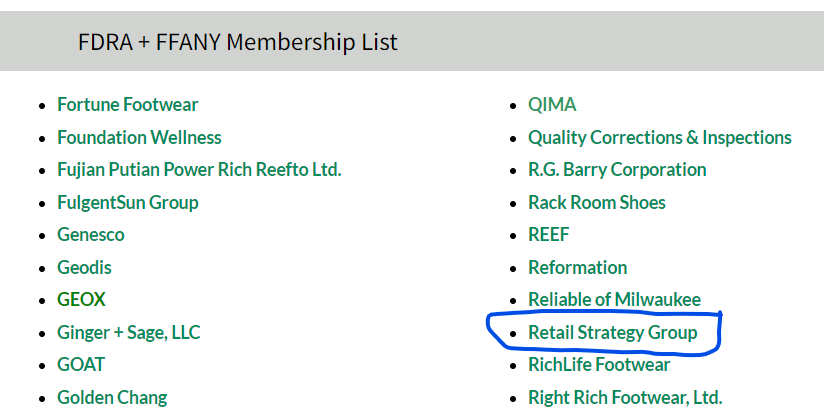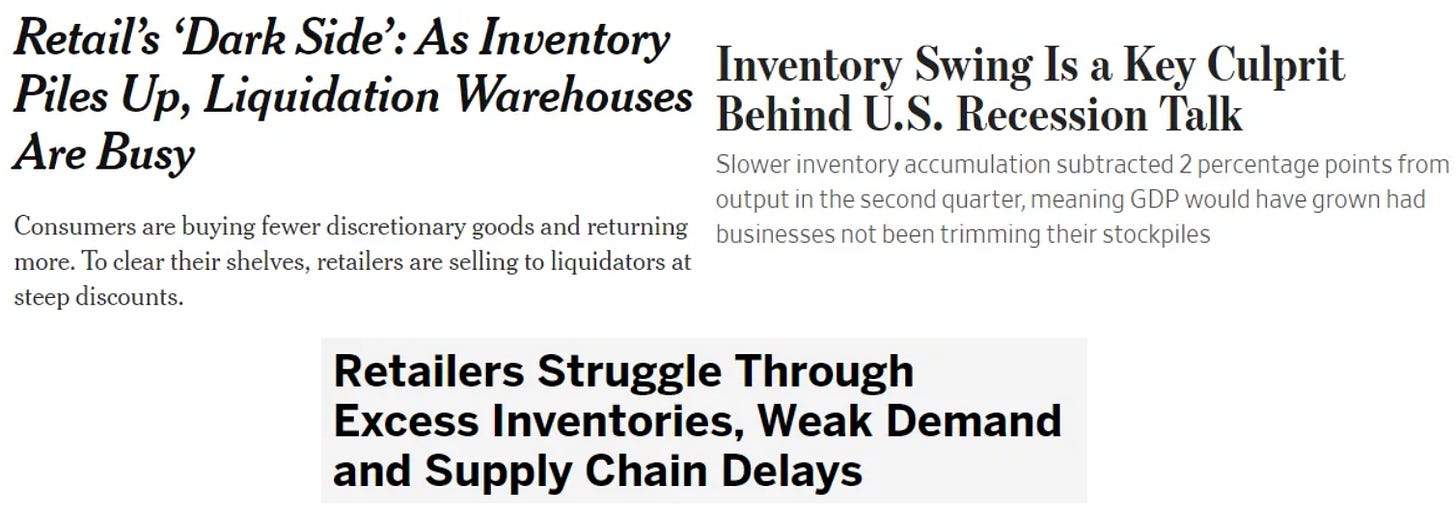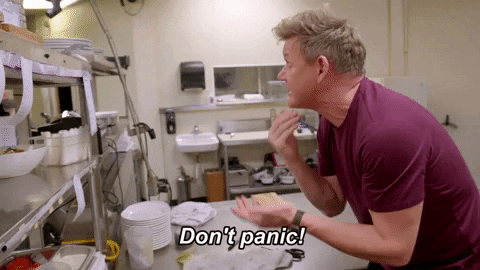Welcome to The Merchant Life – the newsletter for retailers and retail enthusiasts seeking the insider perspective of all things retail.
In recent news: we joined the Footwear Distributors and Retailers Association (FDRA).

The FDRA recently presented their Q2-2022 Survey of Retail Executives, providing insight into top-of-mind issues of footwear executives.
One specific finding caught our attention:
“After dwindling to none the previous 2 quarters, the share of respondents citing new consumer behavior shifts as their company’s biggest issue over the next 6 months jumped to 34.5%, a record share.”
It’s no surprise that this would catch our eye – we’re often discussing the value of getting closer to the customer.
Not keeping pace with the customer is found in apparel, accessories, fashion, and others, in addition to footwear. The trouble is that the implications are currently playing out in real life: an excess inventory avalanche and how that hurts profitability.
We’re going all out in this edition of The Merchant Life to explore this in further detail.
Drowning in Excess
Scroll through the Wall Street Journal, New York Times, and Footwear News to find recent articles like these:

Inventory continues to pile up at Wal-Mart, Target, Sketchers, Deckers, Columbia, and others. Mix in a plateau in consumer spending, and retailers find they need to offload the excess rapidly.1

Holding excess costs money and takes up space, which means markdowns or selling to liquidators for pennies on the dollar.
What follows is retailers lowering their financial guidance because of the uncertainty ahead.
None of this bodes well for the broader conversation about whether or not we are in a recession.
Consider these indicators:
- CEO confidence is tumbling.2
- The GDPNow Index from the Federal Reserve Bank of Atlanta shows two consecutive quarters of economic contraction.3
- University of Michigan’s survey of consumer sentiment is at an all-time low.4
Let’s be honest: If it looks like a duck and sounds like a duck, it’s probably a recession.

Wait and See
We spoke up last week on Twitter to talk about what we have heard through the grapevine.
We are told that some retailers will take a “wait and see” approach to the current economic climate.
This isn’t a strategy.
This is either:
- Not as big of a deal as everyone makes this to be. The last two years were unprecedented. A massive surge in spending followed a full-on global shutdown. We’re falling from historical highs, so we’re still in a good place in the bigger picture.
- A bias toward a defensive position. Hide to weather the storm, then assess damage after. Hold ground until people are willing to spend again. Give it time. We’ll be fine.

Whichever way you decide to go, the root causes are not being addressed:
- Poor merchandising and assortment strategies.
- Scrambling to preserve profitability in-season is done at the expense of getting ahead of shifts in customer behavior.5
- Initiating the concept to market plan for products too far before the season.
- Inefficient product creation calendars trip up an already slow process.
Thus, retail remains a very reactive business and can’t see what is coming on the road ahead.
And others are taking notice. Consider the following from the NY Times:
It’s becoming clear that retailers badly misjudged supply and demand. Part of their miscalculation was caused by supply chain delays, which prompted companies to secure products far in advance. Then, there is the natural cycle of booms — whether because of optimism or greed, companies rarely pull back before it’s too late.
“It is surprising to me on some level that we saw all that surge of buying activity and we weren’t collectively able to see that it was going to end at some point,” J.D. Daunt, chief commercial officer at Liquidity Services, said in an interview at the Pennsylvania warehouse earlier this month.
“You would think that there would be enough data and enough history to see that a little more clearly,” he added. “But it also suggests that times are changing and they are changing fast and more dramatically.”
What value does “wait and see” provide if times are changing fast and more dramatically?

The Opposite Solution
We have an idea.
We propose that retailers “act and see.”
The current downturn is an opportunity to improve the product assortment process before economic recovery.
This is precisely the time to catch up with the customer while they take a breath.
We believe that retailers have almost everything they need to create change rapidly and with minimal disruption.

Here are three “Short-Term Plays” that can tighten up the product creation process:
- Renegotiate with factory and vendor partners – Consider working closely with your vendors to pack and hold core/seasonless materials and styles.
- Calendar optimization – Get functional teams together to eliminate redundant processes and clarify ownership of milestones.
- Formalize innovation and insights into the product creation calendar.
Let’s take a closer look at the second example, as this is part of a project we recently completed.
We facilitated an audit of calendar moments for a large outdoor brand. Within 90 days, we surveyed all cross-functional teams (including design, materials, sourcing, product development, merchandising, and innovation) and identified the specific challenges of each.
Redundancies were uncovered, ownership of tasks was clearly defined, and accountabilities were ready to be assigned. After bringing all teams into one room to meet, they left knowing exactly what to work on, when, and when to converge.
What are the benefits of this exercise?
- Increased collaboration at critical milestone moments eliminates “start and stop” activity from revisiting decisions already made.
- Clarify ownership and accountabilities of crucial calendar activities and process steps – this ensures teams spend time on high-value tasks.
- Innovation and Customer Insights have room to exist in the calendar – enabling teams to deliver on what the customer wants.
We refer you to other issues of The Merchant Life to provide more ideas that can be used immediately.6
The critical point here is the value of shifting the defensive mindset to an offensive one. Avoid waiting and letting the dynamic nature of the customer leave you further behind.
A Quick Note On Inflation
Every organization needs to protect itself from inflation.
This issue isn’t going away anytime soon and is affecting everyone.
Improving product creation processes is one form of inflation insurance.
Why?
- The improvement leads to keeping pace with customers.
- Excess inventory is reduced and markdowns are not as prevalent.
- Margins are preserved with more full priced sales.
- Staff will stay and thrive versus burning out and leaving.
All of which are highly valuable benefits.
The key is to act.
Then see the benefit.

